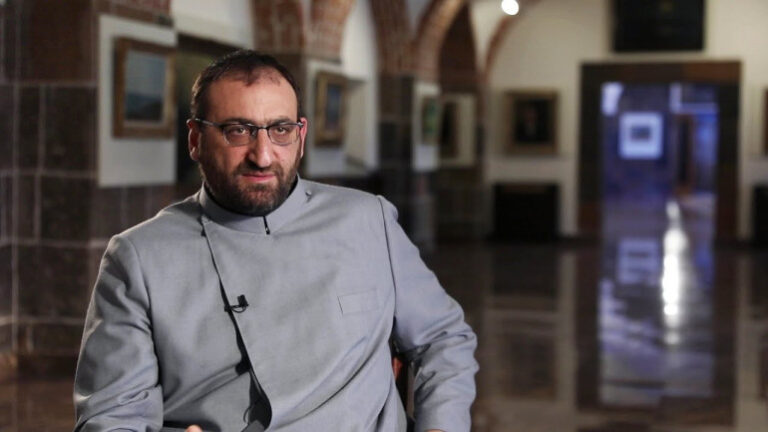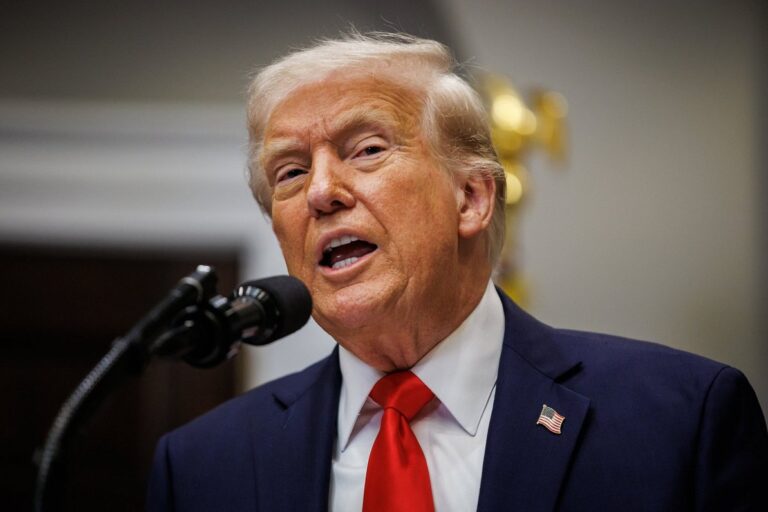Who legitimizes the use of Azerbaijani toponyms in Armenia?
February 27 2024, 13:00
Time in Armenia has accelerated long ago, and literally in 2-3 days there are so many developments in and around the country that, in a stable situation, could extend for a whole year. The speed of events is directly proportional to the policy pursued by the Armenian authorities.
Thus, one of the main topics of discussion over the past few days was Azerbaijan’s use of its own toponyms in relation to Armenian districts and settlements. The Ararat region turned into a “Develin region” for Azerbaijanis, and the village of Yerash turned into “Arezdeyen”.
We can certainly state that the use of these toponyms, as well as the use of the term “conditional border” to designate the Armenian-Azerbaijani state border, is a manifestation of official Baku’s territorial claims against Yerevan. However, one cannot help but wonder: who, how, and when legitimized the use of Azerbaijani toponyms in relation to Armenian territories?
It is the Armenian government that legitimizes Azerbaijani toponyms in relation to Armenia. Remember how in November 2021, contrary to the agreements of November 2020, Armenia surrendered control over a section of the Goris-Kapan highway to Azerbaijan, and during the governmental meeting, Nikol Pashinyan used the Azerbaijani toponyms “Eyvazli” and “Chayzami” to designate this section? It is difficult to imagine how people who hold high ranks do not understand (do they really?) that if Stepanakert can be called “Khankendi” and the section of the Goris-Kapan highway can be called “Eyvazli” and “Chayzami”, then the Ararat region can also become the “Develin region”. The mechanics of the collapse of statehood looks exactly like this…
There is another detail that should be noted: the growth of Azerbaijan’s territorial claims against Armenia is directly proportional to the level of Russophobic actions by the Armenian authorities. Ararat region turned into “Develin” as Pashinyan from France and Germany went on the attack on Russia, saying about the freezing of Armenian membership in the CSTO and the need to solve the Ukrainian conflict within the framework of the Alma-Ata Protocol, which means Crimea and Donbass are Ukraine. In Armenia, Pashinyan’s actions were supported by state-affiliated media, initially reporting that Russian border guards would soon be withdrawn from Zvartnots airport and later announcing that Ukrainian President Vladimir Zelensky would visit Armenia in March.
With these actions, Pashinyan not only declares war on Russia but also says “welcome” to Azerbaijan, noting that the military and political dome protecting Armenia has been destroyed, and this may give Aliyev carte blanche for new aggression. Considering that Aliyev and Pashinyan are always pretty much in sync, this “invitation” cannot but cause concern… On Saturday, the Analytical Center for Strategic Studies and Initiatives held an open discussion on the topic of relations between Armenia and the CSTO, within the framework of which it was rightly stated that with the dissolution of the Artsakh statehood, Russia lost institutional mechanisms for influencing policy in the South Caucasus. And this happened as a result of the synchronization of Pashinyan and Aliyev, with one handing over everything and the other taking it away, realizing that the strategic goal was not “restoring the territorial integrity of Azerbaijan”, but expelling Russia from the region while formally pursuing the allegedly pro-Russian foreign policy.
Even if Russian experts admit that the dissolution of Artsakh has put Moscow in a difficult situation, what will happen if a new war brings new territorial losses to Armenia, after which Pashinyan will have a right to more radical steps?
Think about it.








